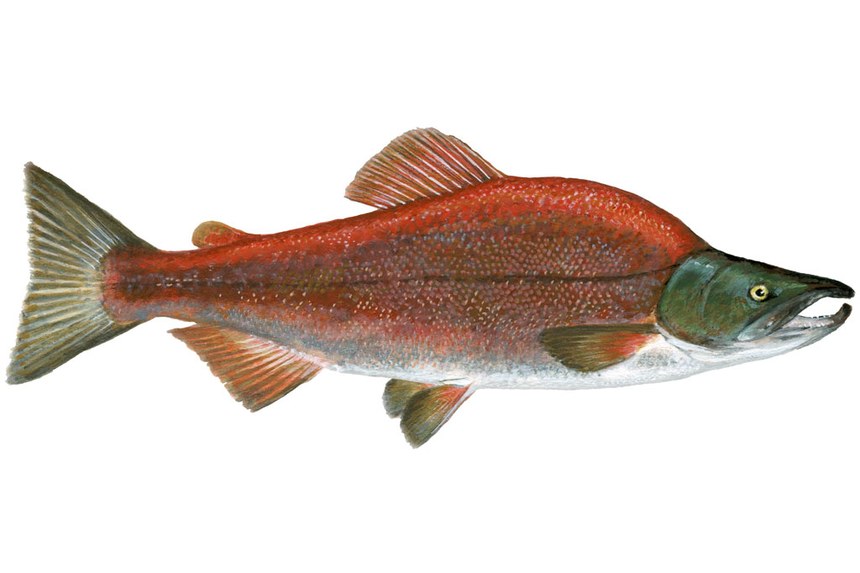Overview
Fisheries are composed of one or more parts, each of which is entitled to receive an MSC certificate. These parts or “units” are defined by their target stock(s), fishing gear type(s) and if relevant vessel type(s), and the fishing fleets or groups of vessels.
Attention
Some or all units that participated in this fishery are now covered by another assessment. Please see the VA-Delta Kamchatka salmon fisheries for more information.
About this Fishery
The area in which the Russian Ozernaya River fishery takes place is extremely remote. The watershed is largely undeveloped except for two small towns near the river mouth, making fishing the primary occupation of people in the Ozernaya area. During the fishing of the sockeye salmon – typically July to early September – many people come to the region from mainland Russia, taking advantage of the employment opportunity the fishery offers.
"We are proud to be the first fishery to receive Marine Stewardship Council certification in Kamchatka. From the beginning, the policy of our companies was directed to sustainable and well-managed fishing. Now it is recognised by MSC, which allows us to increase our markets." - Alexander Tarasov, General Director
Market Information
Ozernaya sockeye are one of the few salmon fisheries in Russia that are almost entirely exported. The main market for Ozernaya sockeye is currently in Japan, but interest in the US and European markets is increasing, and a portion of the catch goes to these markets as well. A substantial portion of the sockeye salmon goes to China and Korea for secondary processing, but only a small portion remains as direct sales.
